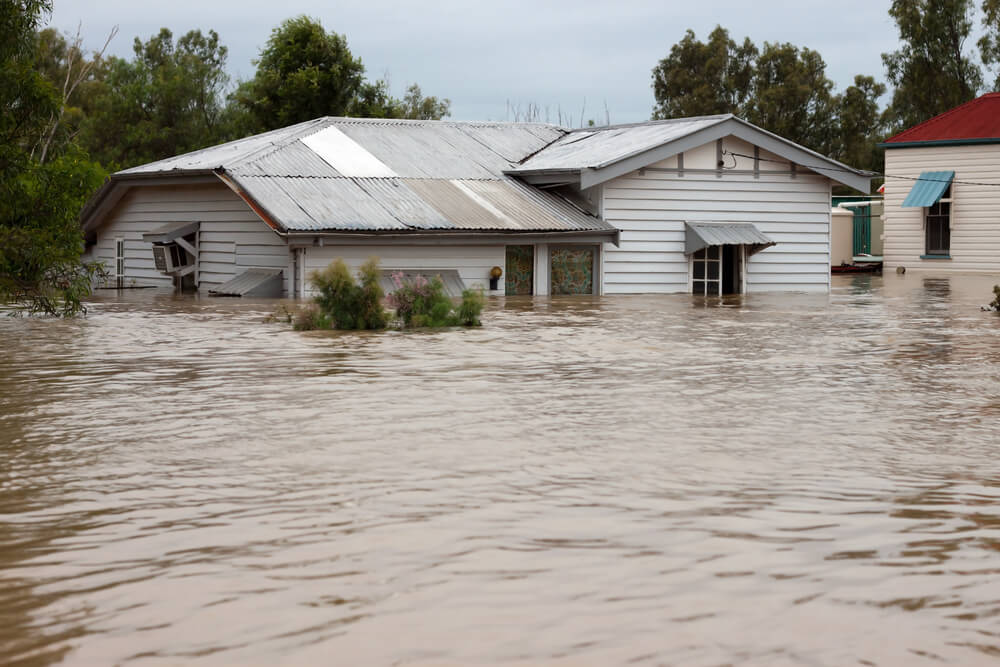Do You Need Flood Insurance? Here’s What You Should Know

Flood insurance is an insurance policy that protects a housing structure and its content from damage resulting from a flood.
If you are a homeowner with a standard homeowners insurance policy, know that the insurance policy does not cover flood damage. Consequently, if your home is situated in a flood-prone area, you should purchase flood insurance; otherwise, you will have no protection if a flood occurs.
What Does Flood Insurance Cover?
A flood insurance policy protects two types of property: your housing structure components and your personal property.
Below are some of the housing structure components that a typical flood insurance policy covers:
Water heaters
Electrical and plumbing units
Furnaces and central air systems
Permanently installed carpeting on an unfinished floor
Foundation
Cooking stoves, refrigerators, and built-in appliances
Below are some of the personal properties that a typical flood insurance policy covers:
Clothing
Furniture
Portable air conditioning units
Portable microwaves
Electronics
Washers and dryers
Dishwashers
Carpeting that is not a part of the structure
Before you purchase a flood insurance policy, evaluate the individual categories of your home’s content. This will enable you to know the estimated value of each category and how your coverage limits compare to these values.
For instance, artwork and furs generally have a limit of about $2,500. Therefore, an average insurance provider will pay a maximum amount of $2,500 if these items are damaged by a flood. However, the high cost of these items means it will take only a few of them to exceed the limit. For this reason, we advise purchasing additional protection for these items if their estimated value exceeds the coverage limit of your flood insurance policy.
What Does Flood Insurance Not Cover?
Like most insurance policies, flood insurance policies have certain exclusions that apply to them. For instance, they do not cover valuable paperwork, currency, precious metals, and self-propelled vehicles like cars. Additionally, they do not cover personal properties if you store them in your basement.
Moreover, the area beneath the first floor of your house or property, like the basement, often has limited flood insurance protection. As such, only a few housing structures and personal properties in your basement are covered.
Some of the housing structure components covered are staircases, central air conditioners, drywall, and foundation. They may also include insulation and electrical outlets and switches, among others. Some of the personal properties that are covered include freezers, washers and dryers, and portable air conditioners.
Do You Really Need Flood Insurance?
To answer this question, you should assess the risk of flood occurrence in your neighborhood. You should also confirm if your government or mortgage lender requires it.
To determine your residence’s risk of flooding, proceed to the website of the Federal Emergency Management Agency (FEMA). You will find the nation’s updated Flood Insurance Rate Maps (FIRMs) there.
The FIRM shows each county which is divided into communities. Each community has a map that indicates areas with the highest and lowest chance of flooding. These areas are known as flood zones. If your home falls in a flood-prone area, we recommend you purchase a flood insurance policy.
At Abbate Insurance, we are more than ready to satisfy all your personal insurance needs. With our help, you can determine which insurance policies you need and how to get them. Contact us today to get started.







